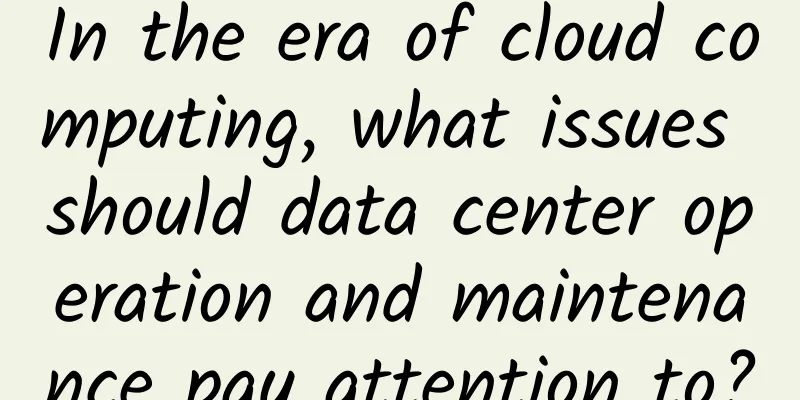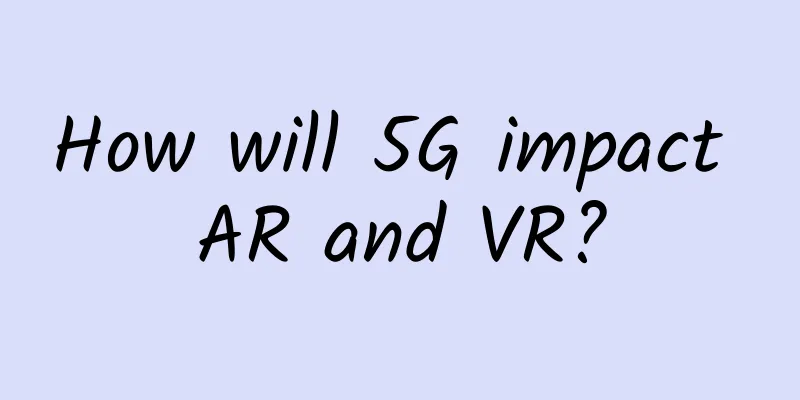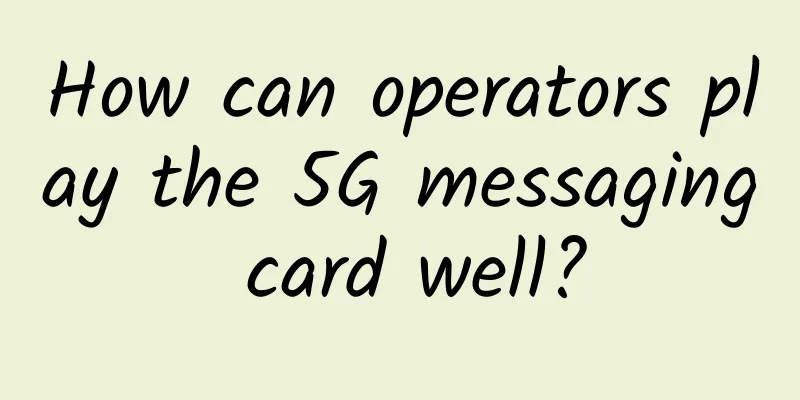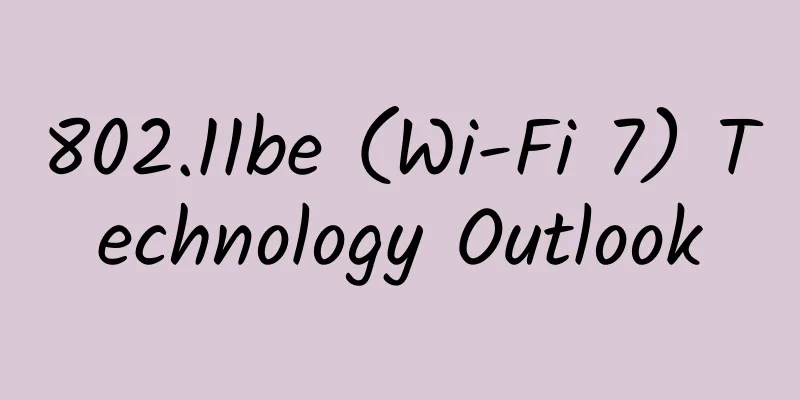Smartpedia | What is a quantum network?
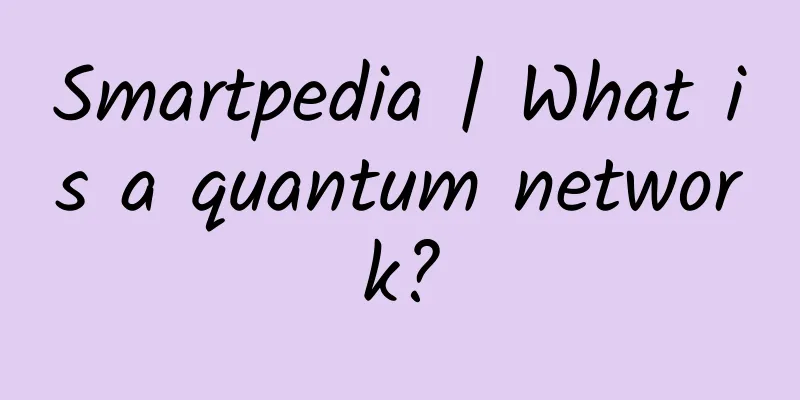
|
Quantum networks are the foundation for future high-speed enterprise communications. The technology required for a seamless quantum network must be deployed at multiple nodes over long distances to enable ultra-secure, reliable and fast qubit data transmission. The principles of quantum physics are the foundation of quantum networks. What is a quantum network?Quantum networking is directly related to quantum physics and communication. Its physical infrastructure consists of multiple quantum processors that exchange information in the form of qubits. Quantum networking is the process of transmitting and receiving information encoded in qubit states within a quantum network. Quantum physics principles govern quantum network protocols and algorithms, which exchange information in a highly encrypted manner between multiple nodes distributed over long distances. These principles enable quantum network protocols to provide fast, reliable and secure communications. Since quantum networking is a completely new networking technology, it may be a challenge for providers to commercialize it. This article discusses some of the advantages and disadvantages of quantum networking, as well as the challenges associated with its implementation. Benefits of quantum networkingAlthough still in its infancy, quantum networks have the potential to provide a variety of next-generation advantages. Benefits of quantum networks include:
Wide range of applications Error detection and correction Challenges of quantum networkingDespite the many benefits of quantum networking, it is not without its challenges. Disadvantages of quantum networking include:
The fragility of quantum information The future of quantum networksLarge businesses and organizations are interested in quantum networks to enable optimized computing and fast communications and solve complex problems. It will take years for quantum networks to be commercially operational at an affordable price like current computer networks. In the next few decades, multiple industries such as IT, space, research, healthcare and retail can achieve fast communication and high-performance computing through quantum networks. |
<<: Is the backend a bit cumbersome? Go to the client!
>>: Five-minute K8S practice - Istio gateway
Recommend
Which cloud SMS service is better? Borui Data released a cloud SMS evaluation report
Introduction Beijing Borui Hongyuan Data Technolo...
How to quickly build an enterprise full-scenario database management platform in one stop?
Gartner's report shows that by 2022, 75% of d...
Transition technology from IPv4 to IPv6
As IPv4 addresses are about to be exhausted, the ...
ENOs and Private LTE: Intelligent Connectivity for Smart Factories
Manufacturing processes and operations are underg...
Why can TFO reduce TCP to 0 handshakes?
1. Overview In the previous article, why TCP need...
Operators have confirmed: The first generation of 5G mobile phones can only use 4G networks
Recently, the inability of NSA 5G phones to conti...
Tencent Cloud lightweight application server 1 core 1G 3M annual payment starts from 128 yuan, 1 core 1G 30M Hong Kong cloud server 24 yuan per month
Tencent Cloud's lightweight application serve...
What happens if Keep-Alive is disabled on the client and enabled on the server?
This article is reprinted from the WeChat public ...
Can mandatory pre-installation solve the problem? Controversial 5G news: Even if we are not competitive, we cannot act rogue
In the public opinion field, operators are critic...
In 2023, 5G and IoT roaming traffic will surge
According to data from international communicatio...
Midea and HarmonyOS join forces to jointly develop the era of the Internet of Everything
[51CTO.com original article] On September 10, 202...
kernel panic-not syncing:VFS:Unable to mount root fs on unknown-block
According to the feedback from the merchant, a us...
When WiFi6 collides with 5G, is it a crisis or a business opportunity?
September 16, 2019 WiFi Alliance announces WiFi6 ...
Everything You Should Know About SFP Modules
In today's network environment, many users ar...
It has been almost three years since number portability was implemented. Who is the winner among the three major operators?
Since the three major operators in my country occ...

